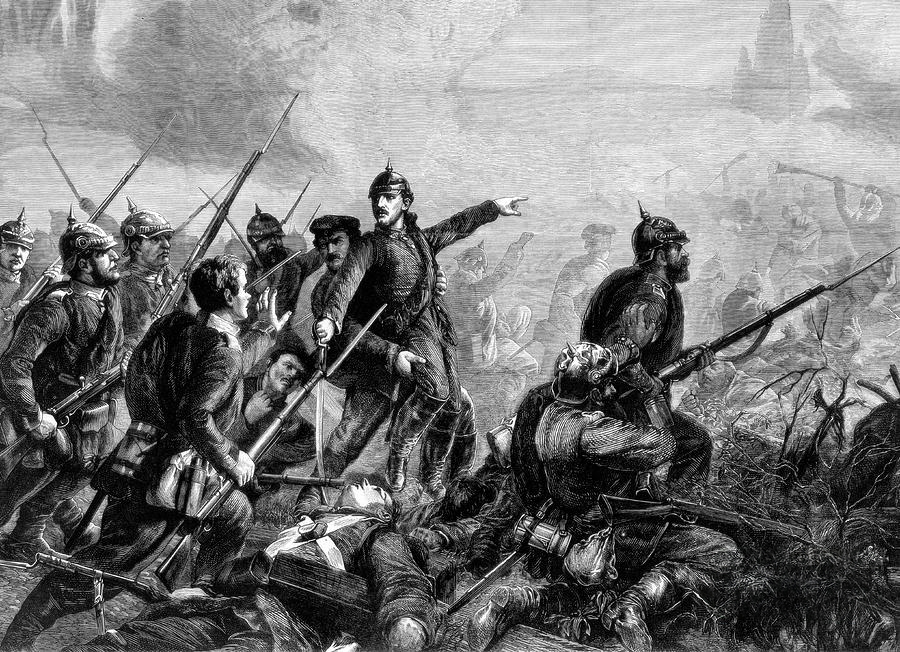
“With the men of the expedition once more on the verge of mutiny, a lookout finally spotted a large galleon flying Spanish colours. Could it be the treasure fleet? Sharp’s vessels closed for battle.”
HISTORY IS REPLETE with examples of ‘one-that-got-away’ stories.
Consider the executives from Columbia records who reportedly passed on signing the Beatles in the early 1960s because they thought guitar music was on the way out. Then there is the case of Xerox dismissing the mouse-driven point-and-click computer interface that made Bill Gates and Steve Jobs billionaires because they didn’t think it was user friendly.
A lesser-known, yet equally cringe-worthy story in this vein can be found in the exploits of the English privateer Bartholomew Sharp.
A 17th Century sea captain and adventurer, Sharp commanded an ill-fated two-year voyage in 1679 to capture Spain’s treasure fleet off the Pacific coast of South America.
In order to reach the distant ocean, the party actually landed on the Caribbean side of Panama, abandoned their own ships and marched overland to seize Spanish vessels in Bay of Panama. With their purloined fleet, the party of 331 men sailed out to find a fortune in treasure.
Sharp’s tiny armada spent months cruising the west coast of the continent in search of vessels to plunder; they failed to find any prizes of value. The restless crew soon deposed their captain for his lack of results. Sharp managed to regain command however after the sailors tired of their new skipper.
At long last, with the men of the expedition once more on the verge of mutiny, a lookout finally spotted a large galleon flying Spanish colours. Could it be the treasure fleet? The English vessels closed for battle.
Following a brief engagement, Sharp and his men captured the enemy ship. But instead of a king’s ransom in jewels and gold, the only booty recovered were 700 slabs of an unknown dull grey metal. Assuming it was tin, the frustrated crew tossed all of it overboard, saving one portion to cast into musket balls.
Crestfallen, Sharp and his crew sailed for home.
The journey was a treacherous one – the small fleet was nearly lost as it navigated the notoriously stormy Cape Horn.
When they finally returned to the Caribbean more than two years after their expedition began, there was more bad news: the entire band was now wanted for piracy by English authorities.
Word of their Pacific voyage had been conveyed from Panama to Europe, at which point the Spanish ambassador to London lodged a formal complaint. Hoping to avoid yet another war with Spain, the English Crown agreed to bring the voyagers to justice.
As Sharp’s party sailed into Barbados, the captain and crew were shocked to discover an English frigate waiting for them. Putting back out to sea, they next tried to make port in Antigua, but were refused entry by local officials. Eventually, they laded at Nevis.
It was then that the crew made a shocking discovery — those musket balls they had fashioned themselves from that unknown Spanish metal weren’t made of tin at all; they were in fact silver. And so were the 700 slabs of unknown metal they had sent to the bottom. The entire haul was worth an estimated £150,000 at the time, which would be equal to tens of millions today.
Eventually, the unlucky adventurers made it back to England, at which point Sharp and many of his men were arrested for piracy. Lack of evidence was the only thing that helped them escape the hangman’s noose.
Sharp ended his adventuring days and retired to the Danish Island of St. Thomas. He was arrested and imprisoned for unpaid debts and died behind bars in 1702.
His brief career as an adventurer was recorded in a book entitled: The Dangerous Voyage And Bold Assaults of Captain Bartholomew Sharp and Others.










Do you have some co-ordinates? I still need inspiration for my next diving holiday! 😛
If I knew that…
Try a “Buccaneer’s Atlas – Basil Ringrose’s south sea Waggoner”.
https://books.google.com/books?id=Zi0G3nwOxNIC&pg
on page 22 of the introduction. It seems that there were more than one diarist on Sharps ship.
Also, look for “the History of Piracy” by Phllip Gosse page 166
There are others, but these are two I happen to have on hand.
BTW. I agree that Pringle book on Privacy is excellent !
Does anyone have details of Captain Sharpe’s staff? On one of his ships there was a Lt. Paul Abney who was also sent to trial only to have a relative help him. That relative was the Lord Mayor of London, Sir Thomas Abney, no less.